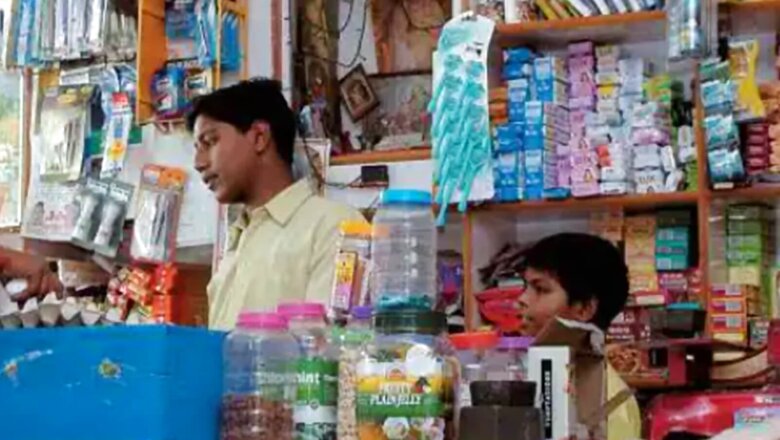
views
Major FMCG companies feel the demand slump has bottomed out and there are green shoots of recovery in the rural markets, which have been under stress since the last few quarters.
With abating commodity price pressures, firms such as HUL, Godrej Consumer Products Ltd (GCPL), Dabur, Marico and Emami expect a gradual recovery in consumption going forward and are increasing upfront marketing investments in advertising and promotion (A&P), news agency PTI reported.
Rural markets, which contribute around 35 % of FMCG industry sales, were still sluggish in Q3. However, the companies said they are witnessing signs of improvement on the back of encouraging winter crop sowing, indications of higher farm income and continued government stimulus.
In the third quarter ended December 31, 2022, the companies reported growth in the urban markets. Modern trade channels and e-commerce also posted growth. But FMCG sales from traditional trade channels such as kirana stores were flat.
Home-grown firm Dabur told PTI that the impact of inflationary pressures was more pronounced in the rural markets as marked downtrading and shift to more affordable and smaller packs led to rural growth lagging urban markets for the second quarter in a row for the company.
Dabur had reported a decline of 5.51 % in its consolidated net profit to Rs 476.55 crore, while its revenue from operations rose 3.44 % to Rs 3,043.17 crore in the October-December quarter.
Marico Ltd, which owns brands such as Saffola and Parachute, reported a 5.04 % increase in consolidated net profit at Rs 333 crore. Its revenue from operations was at Rs 2,470 crore, up 2.61 %.
According to Emami, during the third quarter, demand patterns for the FMCG sector remained sluggish, with rural markets experiencing continued demand pressure.
A recent report released by data analytics firm NielsenIQ said the FMCG industry witnessed a consumption slowdown in the December quarter, with an overall ‘negative’ volume growth, as consumers continue to reel under inflationary pressure.
The rural markets declined 2.8 %, registering the sixth consecutive quarter with negative volume growth, while the urban market maintained stable positive growth of 1.6 %, it said.
Hindustan Unilever said it is ‘cautiously optimistic’ in the near term and believes that the worst of inflation is behind us.
HUL had reported a 7.9 % increase in its consolidated net profit at Rs 2,481 crore for the third quarter. Its total income rose 16.35 % to Rs 15,707 crore.
According to the company, the rural market has shown some signs of improvement, with December quarter expansion higher than the growth in the September quarter and the last 12 months.
ITC, which reported a 18.28 % increase in its core FMCG business in Q3 at Rs 4,848.95 crore, said economic activity in India continued to gather momentum with sequential moderation in commodity inflation, even as core inflation remained elevated.
The government’s relief on personal income tax by providing rebate upto Rs 7 lakh and making changes in the slab rate under the new income-tax regime is seen as a boost to the Indian markets.
As the disposable income increases, the FMCG sector gets a shot in the arm which is already battling inflation.
The industry expects special focus on the agriculture sector in the Budget 2023 would help to regain rural growth while providing more disposable income to the middle class and reviving volume growth.
Read all the Latest Business News here














Comments
0 comment